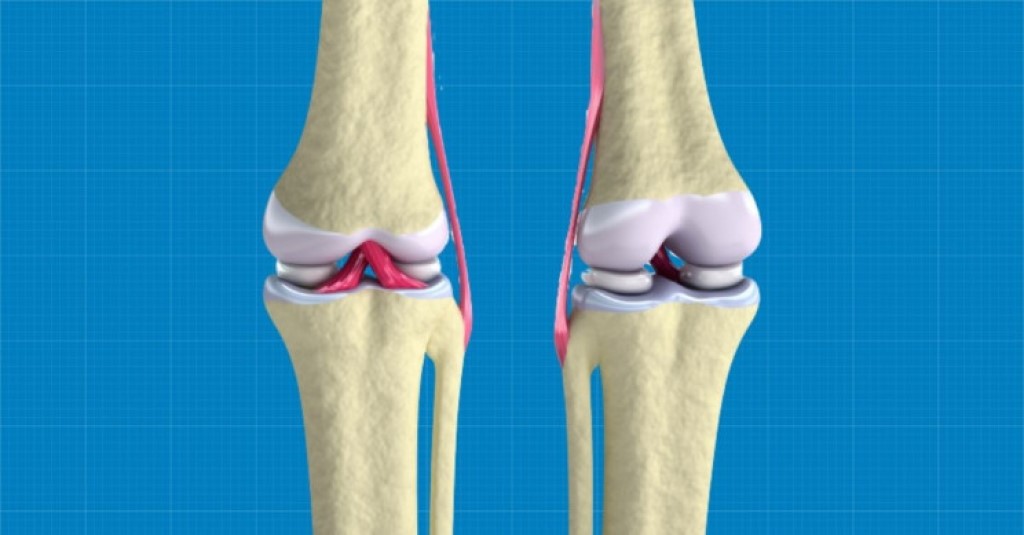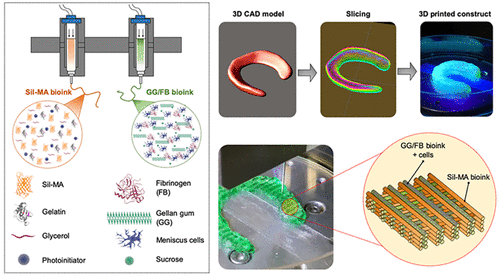
The Wake Forest Institute has bioprinted regenerative knee cartilage tissue to replace damaged knee cartilage.
Knees
Why knees? When you think of bioprinting, the first thing that comes to mind is likely organs like the brain or the heart which have been established as the “primary organs”. However, knees are quite well known for injury or deterioration by age. Because of this, they often cause aches and pains in tasks as simple as walking for many as they increase in age or injure themselves.
Many scientists have been putting work into creating “3D hybrid bioinks that can 3D print structures to replace damaged knee cartilage”. The researchers at the Wake Forest Institute for Regenerative Medicine (WFIRM) have been working on a proof-of-concept study that aims to find a new method for 3D bioprinting that can create tissue around a damaged meniscus to replace and regenerate it. The study surrounding this research was published in Chemistry of Materials.
The meniscus is a cushion between the upper and lower leg bones and prevents them from grinding against each other. This means that if it is worn out by age or damaged by sport, the bones begin to grind together causing a rather uncomfortable situation. Treatments for this issue are limited in number, meaning that if the damage is really severe, the cartilage has to be removed entirely — which could be a lot more pleasant if we come up with a better alternative to replace the cartilage during this process.
The Research

I’ve always been really interested in all of the bioprinting innovations coming out of this Institute and they’ve even addressed the impact of 3D printing on the pandemic. The research team at WFIRM used a variety of different bioinks altogether in order to be able to 3D print the entire fibrocartilage tissue in layers.
Sang Jin Lee, PhD, an associate professor at WFIRM and also the author of this study, says:
“In this study, we have been able to produce a highly elastic hybrid construct for advanced fibrocartilaginous regeneration. The results demonstrate that this bioprinted construct offers a versatile and promising alternative for the production of this type of tissue.”
As is the case with many different types of scientific medical research, the structure was first tested on mice. Ten weeks following the surgery, these mice were able to regenerate their own fibrocartilage.
Final Words
Of course, more tests and studies need to be done to identify how the body will respond to the implant and to analyze whether a human body would be impacted in the same or similar way to that of a mouse.
The director of WFIRM, Anthony Atala, MD, explains:
“We have such a need for effective treatments and therapies to help patients deal with degenerative joint problems, especially the knee. This proof-of-concept study helps point our work in the right direction to someday be able to engineer this crucial tissue that is so important for patients.”
My Thoughts
Being an athlete and also enjoying workouts, I find that I have injured my own knees as well as other areas of my legs several times. It’s intriguing that the team decided to explore creating a meniscus as it has the potential to impact pretty much everyone at some point in their lives. I also find the approach fascinating, since instead of just finding a replacement, they used different bioinks to help the regenerative process so that the body can take over with the help provided by the innovation!
